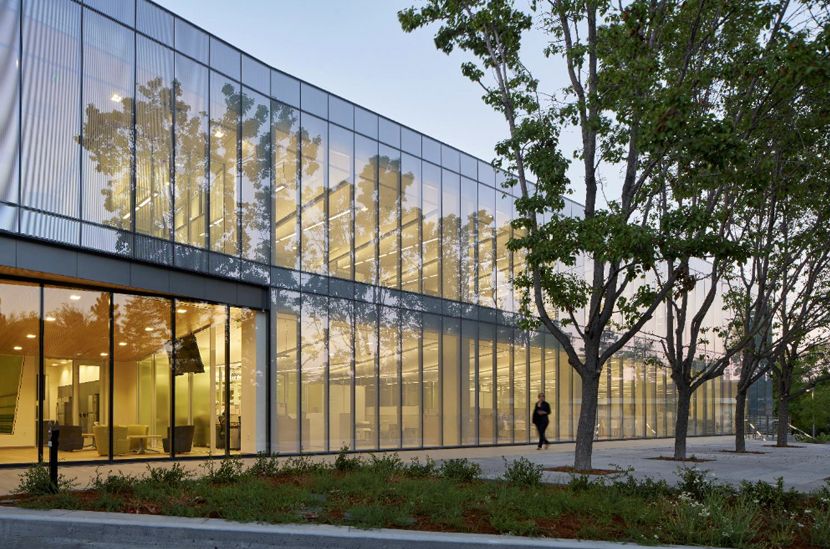Jason Sheltzer
@jsheltzer.bsky.social
590 followers
91 following
43 posts
Assistant prof at Stanford. Interested in aneuploidy, mitotic kinases, cancer therapeutics, and drug development. Co-founder x2.
Posts
Media
Videos
Starter Packs
Jason Sheltzer
@jsheltzer.bsky.social
· Sep 7
Jason Sheltzer
@jsheltzer.bsky.social
· Aug 4
Jason Sheltzer
@jsheltzer.bsky.social
· Aug 4
Jason Sheltzer
@jsheltzer.bsky.social
· Aug 4
Jason Sheltzer
@jsheltzer.bsky.social
· Aug 4
Jason Sheltzer
@jsheltzer.bsky.social
· Aug 4
Jason Sheltzer
@jsheltzer.bsky.social
· Aug 4
Jason Sheltzer
@jsheltzer.bsky.social
· Aug 4
Jason Sheltzer
@jsheltzer.bsky.social
· Aug 4

Cancer Vulnerabilities Unveiled by Genomic Loss
Reducing the mRNA levels of genes that have suffered copy number loss due to genomic
instability in cancer cells leads to tumor-cell-specific growth inhibition. Thus,
probing cancer genomes for genes ...
www.cell.com
Jason Sheltzer
@jsheltzer.bsky.social
· Aug 4
Jason Sheltzer
@jsheltzer.bsky.social
· Aug 4

Jason Sheltzer on X: "Our new paper is out today. We used CRISPR to uncover some really striking findings with several drugs and drug targets in clinical trials. Also, we accidentally found the first-ever inhibitor of the cyclin-dependent kinase CDK11. https://t.co/Rthvr67cyk" / X
Our new paper is out today. We used CRISPR to uncover some really striking findings with several drugs and drug targets in clinical trials. Also, we accidentally found the first-ever inhibitor of the cyclin-dependent kinase CDK11. https://t.co/Rthvr67cyk
x.com
Jason Sheltzer
@jsheltzer.bsky.social
· Aug 4

On-target toxicity limits the efficacy of CDK11 inhibition against cancers with 1p36 deletions
The cyclin-dependent kinase CDK11 is an understudied kinase that has been the subject of conflicting reports regarding its function in cancer. Here, we combine genetic and pharmacological approaches t...
www.biorxiv.org





















